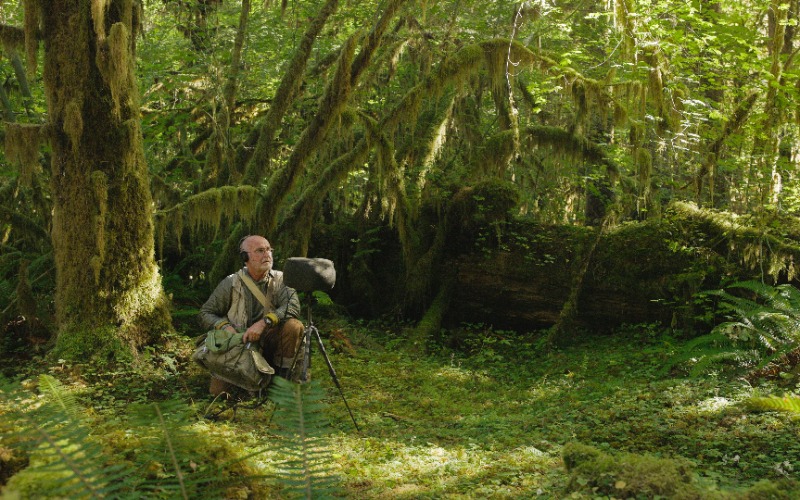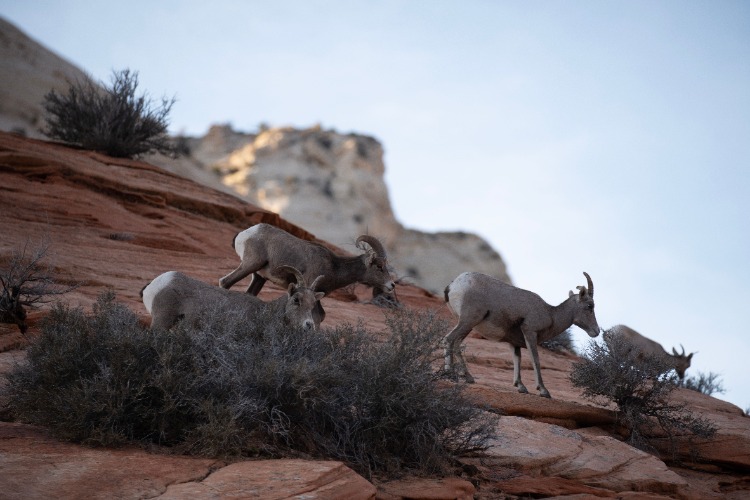
NATIONAL PARKS: USA is National Geographic’s new five-part series that transports viewers into the heart of some of America’s most iconic national parks, from the towering cliffs of Zion to the lush wetlands of the Everglades.
Blending wildlife footage with rich cultural history, the series highlights the deep connection these lands hold for Indigenous peoples, offering a unique perspective on the past, present, and future of these national treasures. Utilizing cutting-edge tech, the series brings these landscapes to life in ways never seen before.
We had the opportunity to speak with Jeff Reed, the showrunner and cinematographer of NATIONAL PARKS: USA, to explore how modern tech shaped the series, the balance between tradition and innovation, the urgent sustainability issues, and more.
Innovation & Tech Today: What role did cutting-edge tech play in capturing landscapes and wildlife?
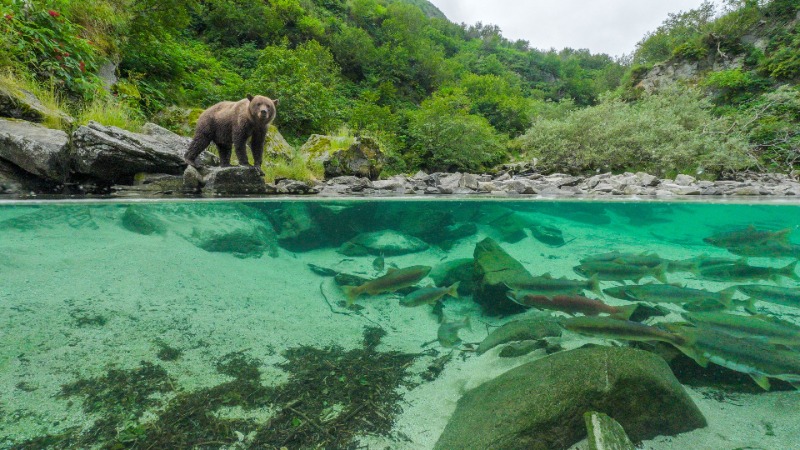
Jeff Reed: I often split our tech into two categories: cameras and audio used to re-create that sense of being in a place as accurately as possible, and tech meant to expand our sensory abilities or reveal the unseen. For the first, we rely on high-res cameras like the RED Monstro and Raptor, stereo microphones, and precision optics. For the latter, we get more creative. We have high-speed cameras that can shoot 1000 frames per second at 4k, slowing the action down by 40x, enough to see the beat of a bee’s wings or the moment of success or failure as a brown bear hunts for salmon. We built custom camera controllers to autonomously record the lives of Roseate Spoonbills in nests over weeks so we could leave them undisturbed. In the national parks, our use of drones is limited, so we use gyro-stabilized gimbals mounted on helicopters to capture stunning aerial views of these landscapes.
I&T Today: With the incorporation of Indigenous stories, how did you balance modern tech with respect for traditional narratives and practices?
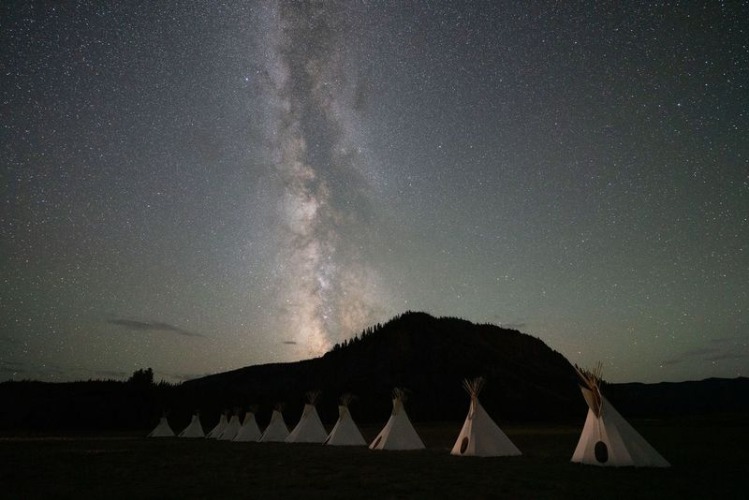
Reed: First and foremost, this series is exploring the parks through the eyes of wildlife, but we also wanted to highlight some human-led stories. Three episodes feature Indigenous voices: Yellowstone with Shane Doyle, Everglades with Betty Osceola, and Zion with Autumn Gillard. All three highlighted the fact that Indigenous peoples have vast histories on these lands as well as the fact that they are still here, still present on the landscape, and still active in research, conservation, and enjoyment of these spaces. Their use of the landscape is as familiar as my own. In particular, Autumn’s story resonates with me as she is awed by the dark skies protected by Zion and Pipe Spring National Monument. She researches traditional stories found in the stars and constellations using modern technology but protects traditions by reserving the full-telling of those stories to the appropriate time and place. So when we approach how to cover traditional practices, we always try to listen and learn before crafting our story to avoid misinformation or covering a closed practice.
I&T Today: What measures did your team take to ensure the production process was as sustainable as possible?
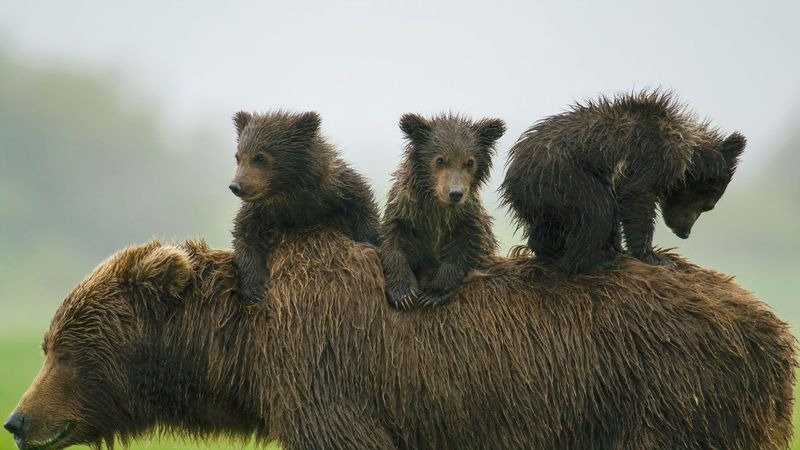
Reed: The type of work we do involves a great deal of travel, so we are aware of our impact. We try to minimize this by keeping our teams small, usually no more than 2-3 people on the ground. We also stay on location for as long as possible to keep our cross-country flights to a minimum.
I&T Today: In your opinion, what are the biggest sustainability challenges facing these national parks today?
Reed: Climate change is without a doubt the most pressing existential threat to the national parks. Everglades National Park is on the front line. It is incredibly flat, with only about 8ft of elevation change over the entirety of the park. So you can see how only 1-2 feet of sea level rise could completely change the ecosystem. While we were filming, scientists recorded record water temperatures in Florida Bay, causing die-off and bleaching events. Alpine ecosystems in Yellowstone, Katmai, and Olympic are shrinking, putting pressure on species like Marmot, Pika, and Whitebark Pine. On a more acute level, challenges such as shrinking buffer zones and invasive species are a huge issue. Yellowstone’s wolves are targets of hunting and trapping as they cross invisible park boundaries. The Everglades hosts numerous invasive species like pythons and tropical fish that outcompete or directly kill native species.
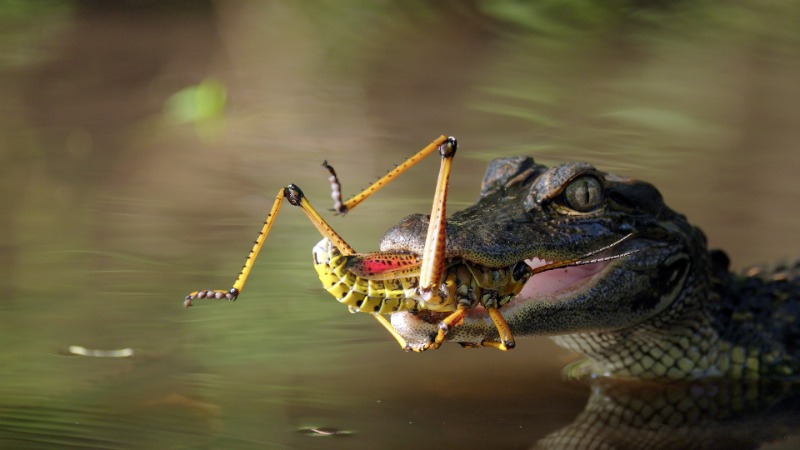
I&T Today: Do you believe that the advanced techniques used in filming this series can contribute to raising awareness and protecting these national treasures?
Reed: The practices and technology we used to craft this series are aimed at showing off the intense beauty of our national parks. We hope that as people watch and listen, they will be reminded how lucky we are to have spaces like Yellowstone, Zion, and Katmai National Park and recognize the importance of continuing to preserve them for generations to come.
Catch the premiere of NATIONAL PARKS: USA on Sept. 8 on National Geographic! Stream the next day on Hulu.



